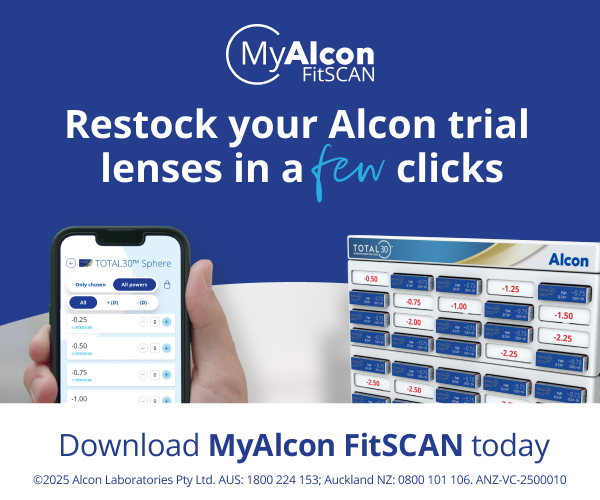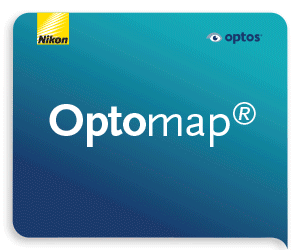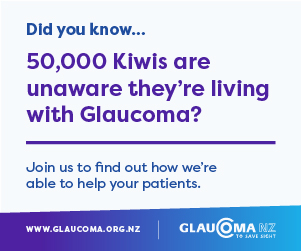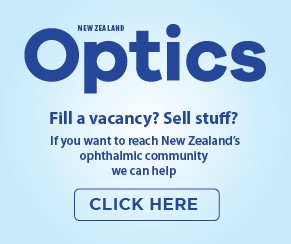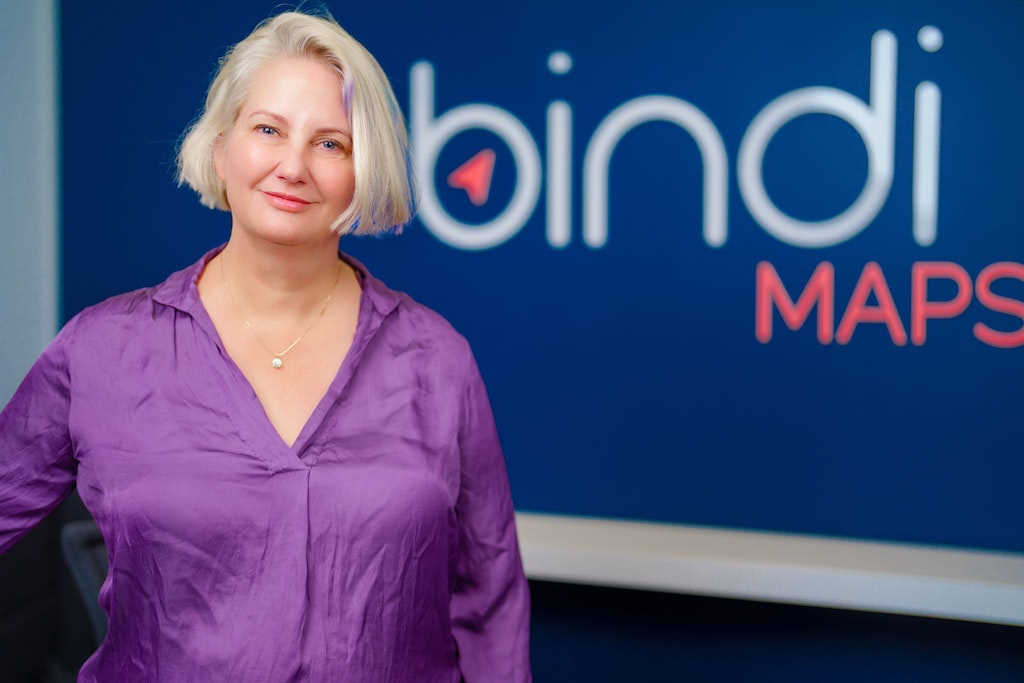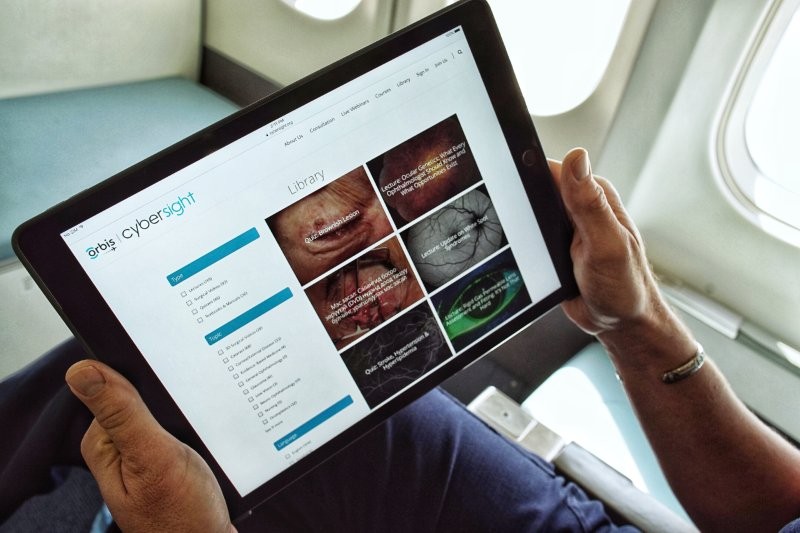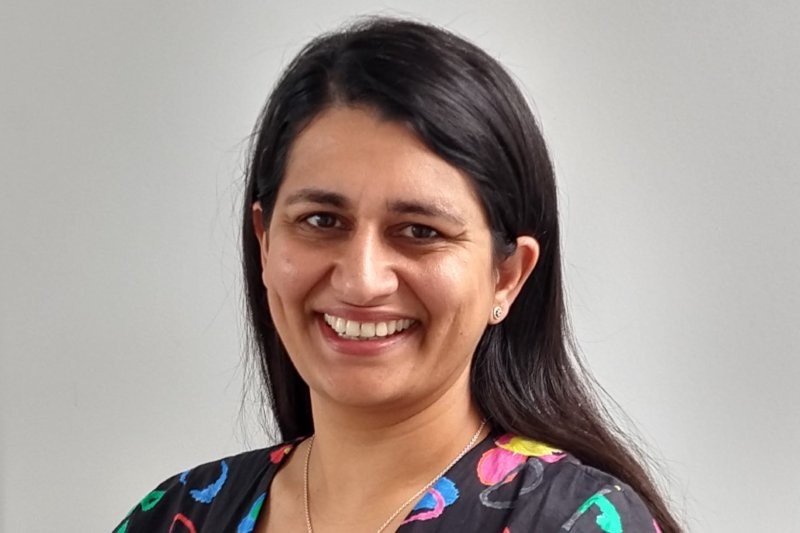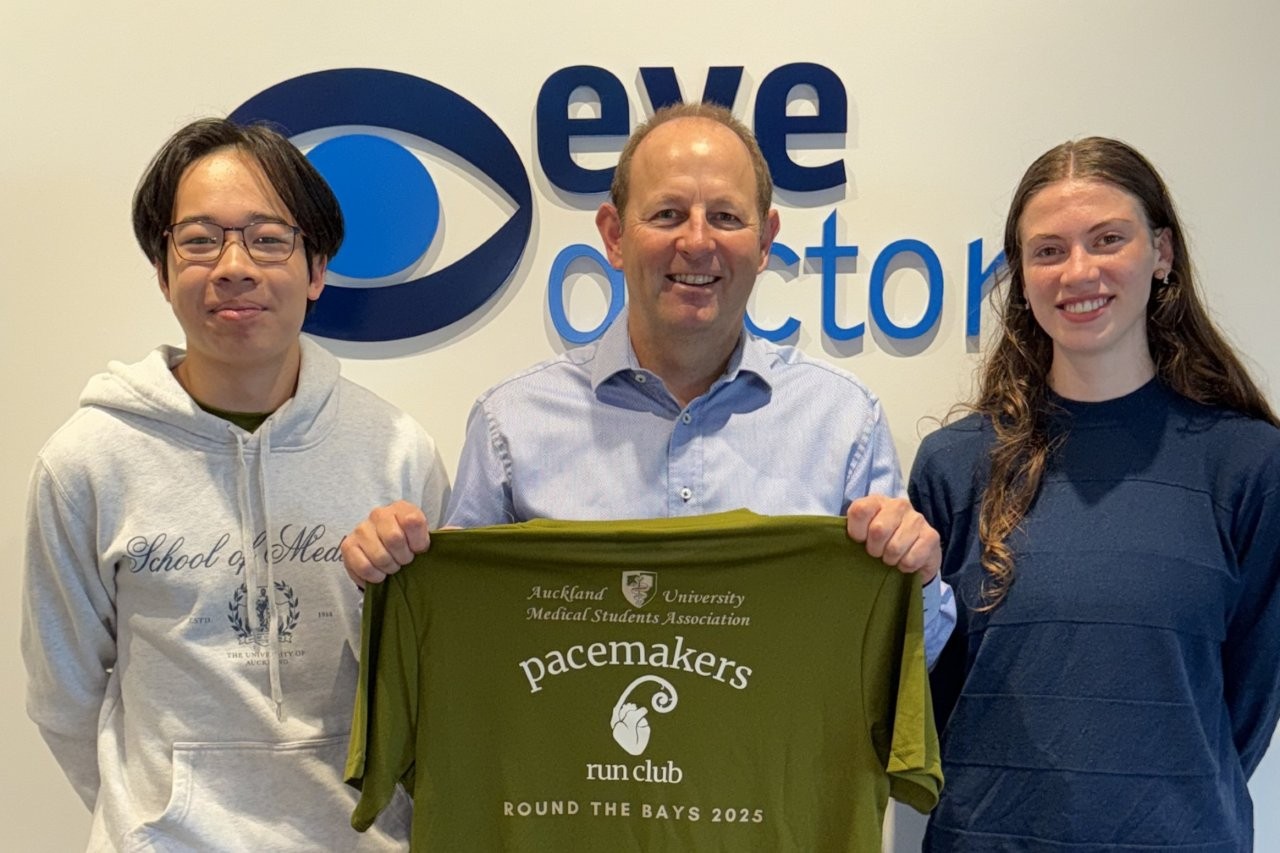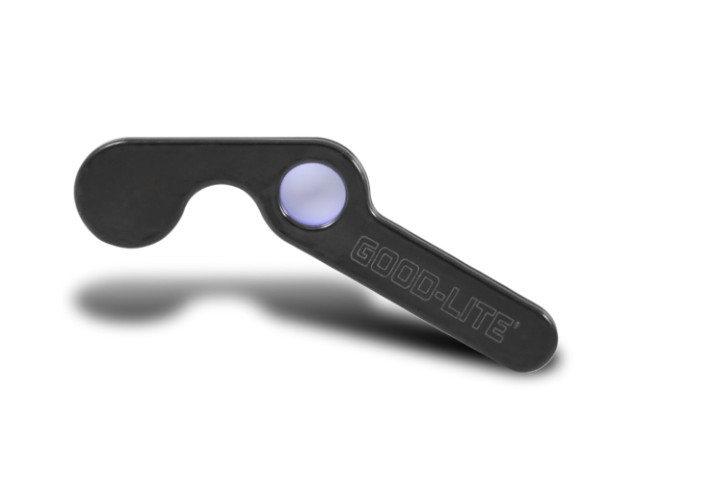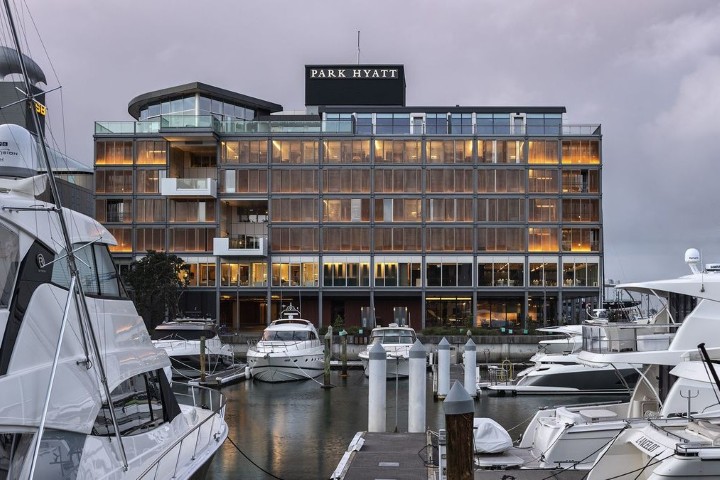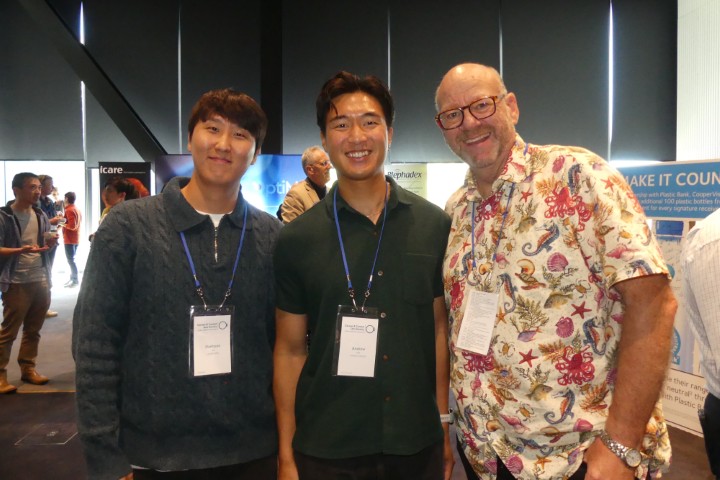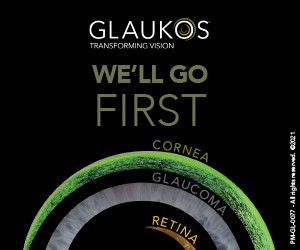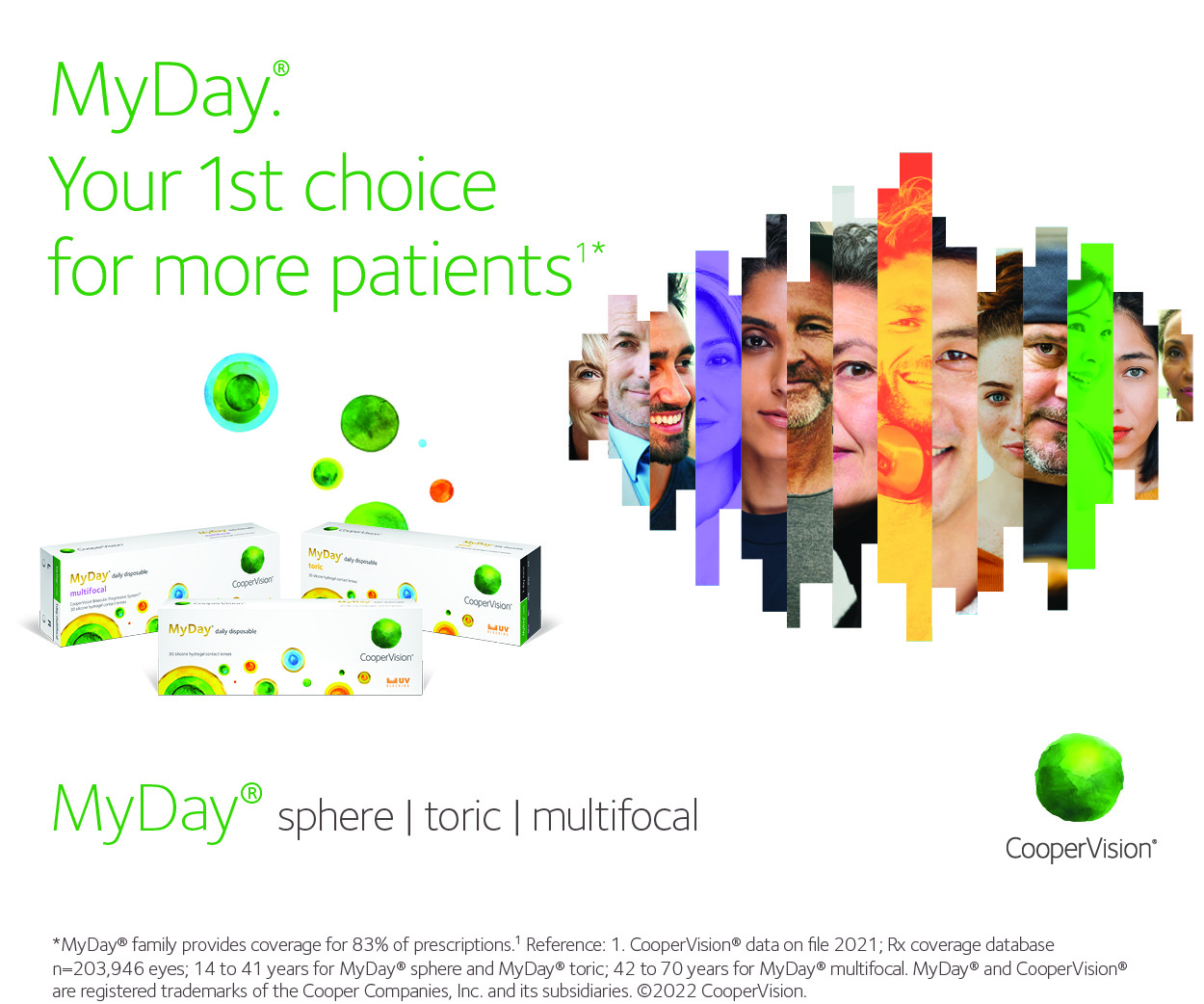Hospital navigation for vision-impaired
The Peter MacCallum Cancer Centre in Victoria is the latest Australasian hospital to offer indoor digital wayfinding for vision-impaired patients, using a new smartphone app developers say has 10-20 times the accuracy of Google Maps.
The BindiMaps app was developed to allow patients, staff and visitors – particularly those with vision impairment – to precisely navigate hospitals with greater ease, said BindiMaps co-founder and CEO Anna Wright. “Naming conventions, layouts and definitions vary from one hospital to another, while departments can move around with the expansion and addition of buildings resulting in out-of-date signage. This is challenging enough for those who do not have a disability or vision impairment.”
Since GPS often works poorly indoors, BindiMaps combines navigation algorithms with a network of Bluetooth beacons and smartphone sensors to offer the user audio directions, text, or a map view. It bridges the gap between old legislation and modern requirements, said Wright, who has a retinal condition herself. “The technology the building code relies upon to ensure accessibility for the vision impaired is outdated. Tactiles and Braille were invented before we even landed on the Moon. The truth is, static signage cannot keep up with the evolving nature of hospitals, which is where BindiMaps’ proprietary accessible wayfinding technology could make all the difference.”
Studies of digital wayfinding tools for people with visual impairments have found wayfinding support increases confidence and autonomy, which is crucial for quality of life, said Wright.
Hundreds of blind and vision-impaired users contributed to the design, to ensure the highest degree of accessibility and to provide accurate, real-time and step-by-step directions to any destination, she said. BindiMaps partnered with St Vincent’s Hospital Sydney and the Sydney Eye Hospital to improve accessibility for patients and visitors and found most users searched for medical wards and departments, bathrooms and entrances and exits.





